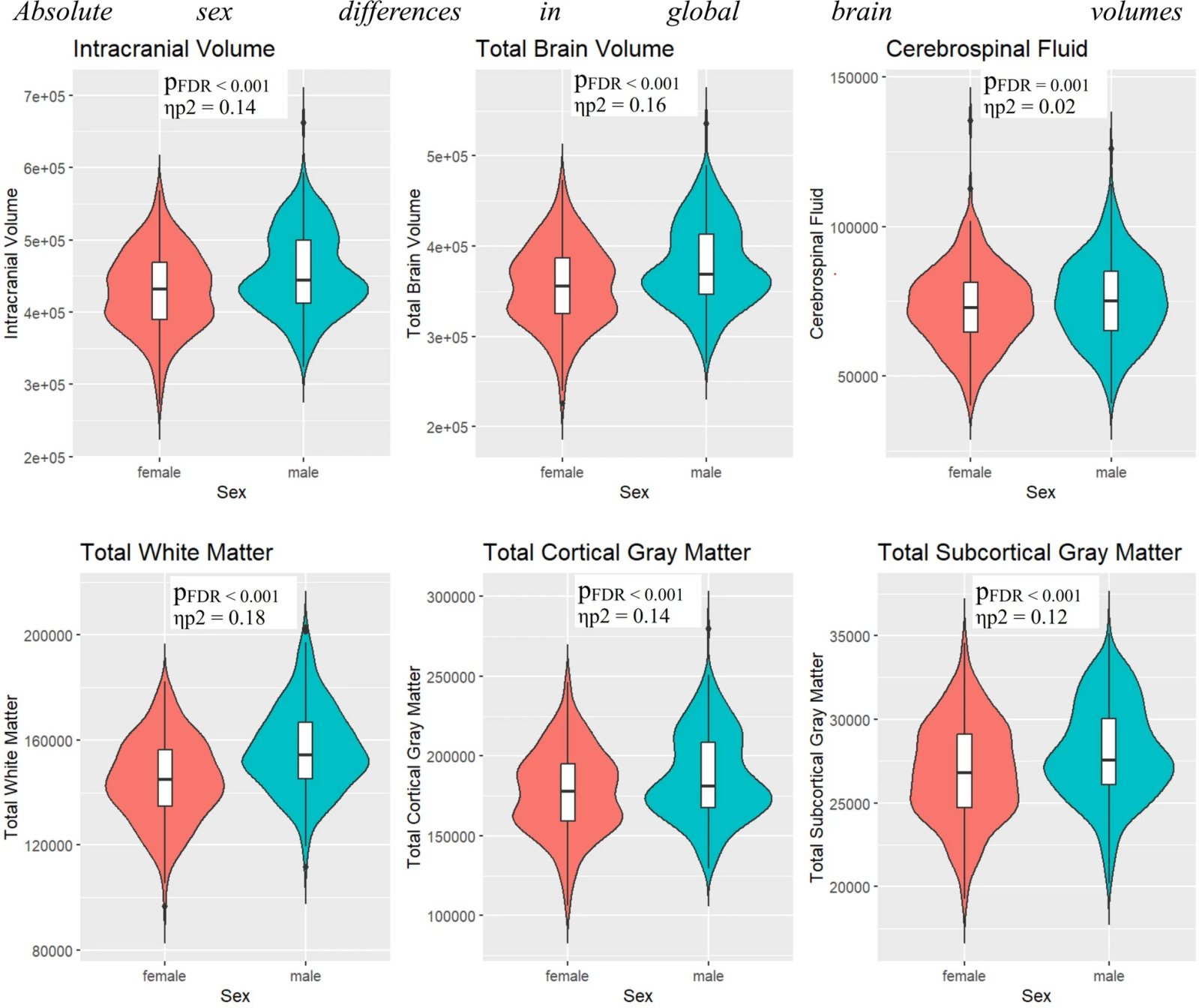Boys and girls: different brains from birth 🧠
Published by Cédric,
Article author: Cédric DEPOND
Source: Biology of Sex Differences
Other Languages: FR, DE, ES, PT
Article author: Cédric DEPOND
Source: Biology of Sex Differences
Other Languages: FR, DE, ES, PT
Follow us on Google News (click on ☆)

Researchers analyzed the brains of more than 500 newborns using MRI scans. They found that boys had, on average, a larger brain volume than girls, even after adjusting for birth weight. Proportionally, girls had more gray matter, while boys had more white matter. These results suggest that brain differences between the sexes are already present at birth.
Gray matter and white matter: two distinct roles
Gray matter, composed of the cell bodies of neurons, is essential for functions such as memory, cognition, and emotional regulation. Girls showed larger volumes in these areas. White matter, made up of axons, facilitates communication between different regions of the brain. Boys had proportionally more of it, which could influence their sensory and motor processing abilities.
The study relies on data from the Developing Human Connectome project, including high-quality MRIs performed shortly after birth. Researchers accounted for factors such as weight and total brain volume to ensure that the observed differences were specific to the brain. This approach helped avoid biases related to body size.
Implications for understanding brain development
These findings raise questions about the role of prenatal factors, such as hormones or placental development, in shaping these differences. Researchers are now exploring these avenues to better understand how these variations influence later development. This work could also shed light on neurodevelopmental conditions like autism, which is more frequently diagnosed in boys.

Absolute sex differences in global brain volumes.
All volumes are in mm3. pFDR = FDR-corrected p-value, ηp2 = partial eta squared.
Toward a better understanding of neurodiversity
It is important to note that these results reflect average trends and not universal rules. Individual variations are significant, and there is considerable overlap between the sexes. As Dr. Carrie Allison points out, these differences do not apply to all individuals, but only when comparing groups.
This research does not aim to establish a hierarchy between the sexes, but to celebrate the natural diversity of the human brain. By exploring the biological and environmental mechanisms that shape these differences, researchers hope to open new perspectives on brain development and its variations.
To go further: What could be the origin of brain differences between the sexes?
The brain differences observed at birth could be explained by prenatal biological factors. Researchers point to the role of hormones, such as testosterone and estrogen, which influence brain development in utero. These hormones act on the formation of neurons and brain connections, which could explain the variations between the sexes.
The placenta, a key organ during pregnancy, could also play a role. It regulates exchanges between the mother and the fetus, including the supply of nutrients and hormones. Studies suggest that differences in placental function could contribute to the observed brain variations. These biological mechanisms then interact with the postnatal environment to further shape the brain.
Finally, research is exploring the impact of prenatal conditions, such as maternal stress or infections, on brain development. These factors could modulate gene expression and influence brain structure. Understanding these mechanisms would provide better insight into how brain differences form and evolve from the earliest stages of life.
What are gray matter and white matter?
Gray matter and white matter are two essential components of the brain, each playing a distinct role in information processing. Gray matter, located mainly on the brain's surface, contains the cell bodies of neurons and their dendrites. It is responsible for complex functions such as memory, cognition, and emotional regulation.
White matter, on the other hand, is made up of axons, the long nerve fibers that connect neurons across different brain regions. It acts as a communication network, allowing information to flow quickly and efficiently. Without white matter, different parts of the brain could not interact in a coordinated manner.
These two types of brain tissue are complementary. While gray matter processes and interprets information, white matter ensures its transmission. The observed differences between the sexes in the proportion of these tissues could explain some variations in cognitive and behavioral abilities.
Finally, the balance between gray matter and white matter evolves throughout life. In newborns, gray matter is more abundant, reflecting an intense phase of learning and development. With age, white matter develops, enabling more efficient communication between brain regions.
What is neurodiversity?
Neurodiversity is a concept that recognizes and values natural variations in the functioning and structure of the human brain. It emphasizes the idea that neurological differences, such as those observed between the sexes or in autistic individuals, are not defects but expressions of human diversity.
This concept opposes a pathologizing view of brain differences. Instead of considering certain characteristics as anomalies, neurodiversity presents them as normal and sometimes advantageous variations. For example, autistic individuals may have unique abilities in memory or perception.
Neurodiversity also applies to sex differences, as shown by the Cambridge study. The brains of men and women exhibit structural variations, but these differences do not mean that one sex is superior to the other. They simply reflect the complexity and richness of human development.
Finally, this concept encourages an inclusive approach to society. It calls for adapting educational, professional, and social environments to accommodate all forms of thinking and brain functioning. This allows for better integration of individuals whose brains function differently.